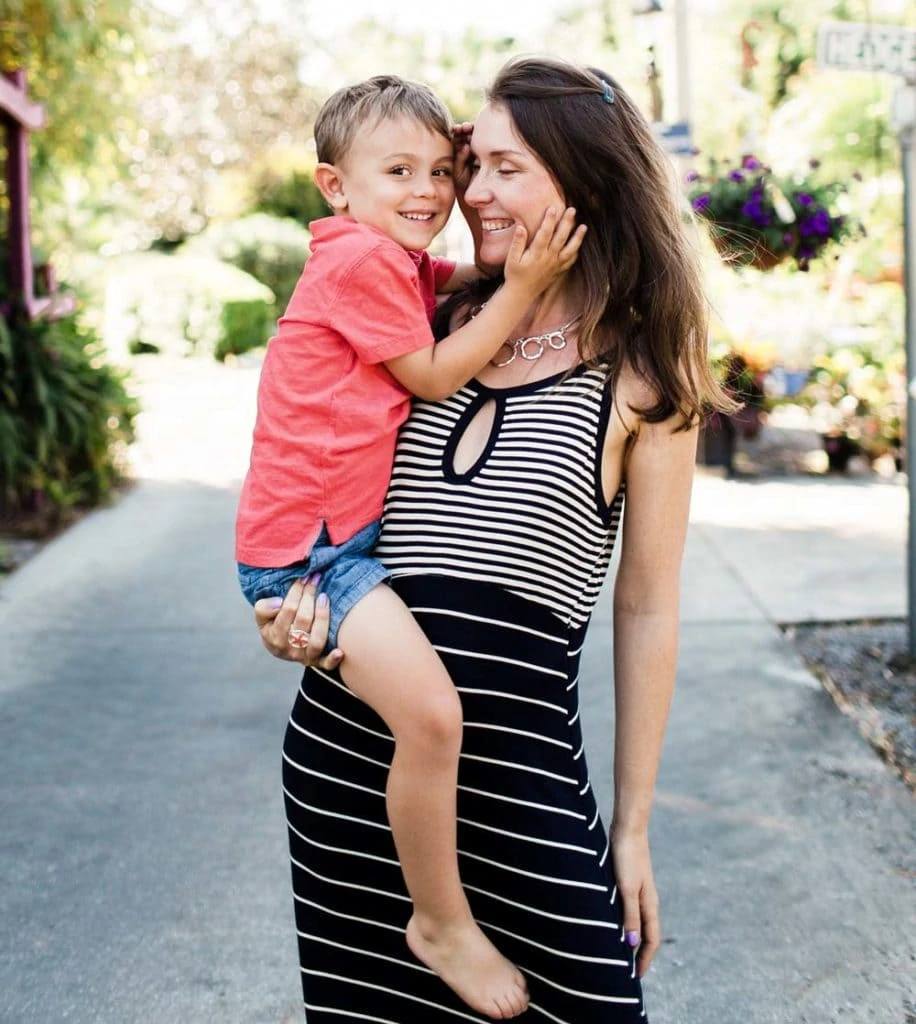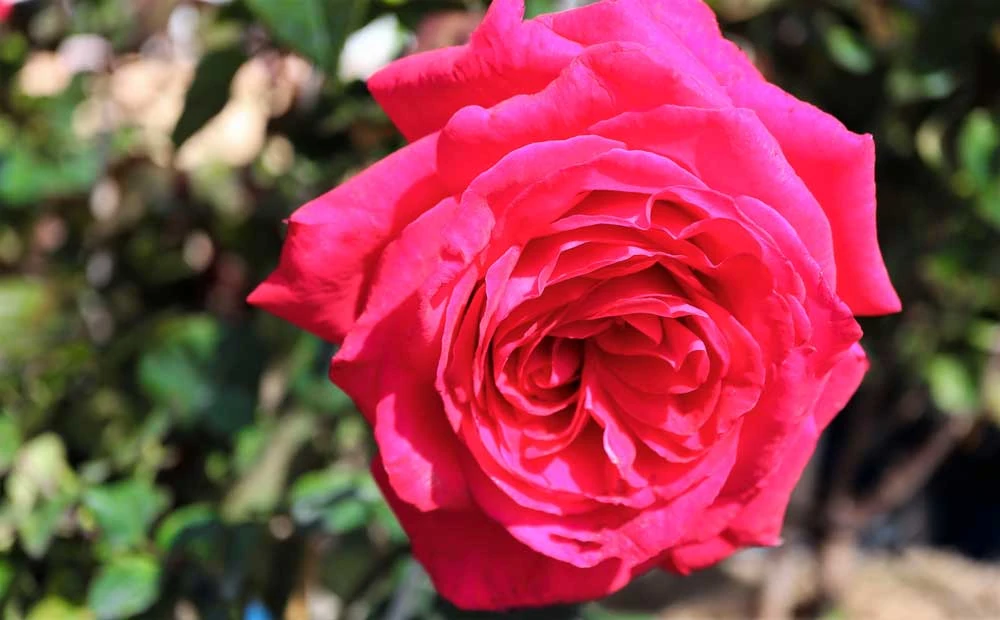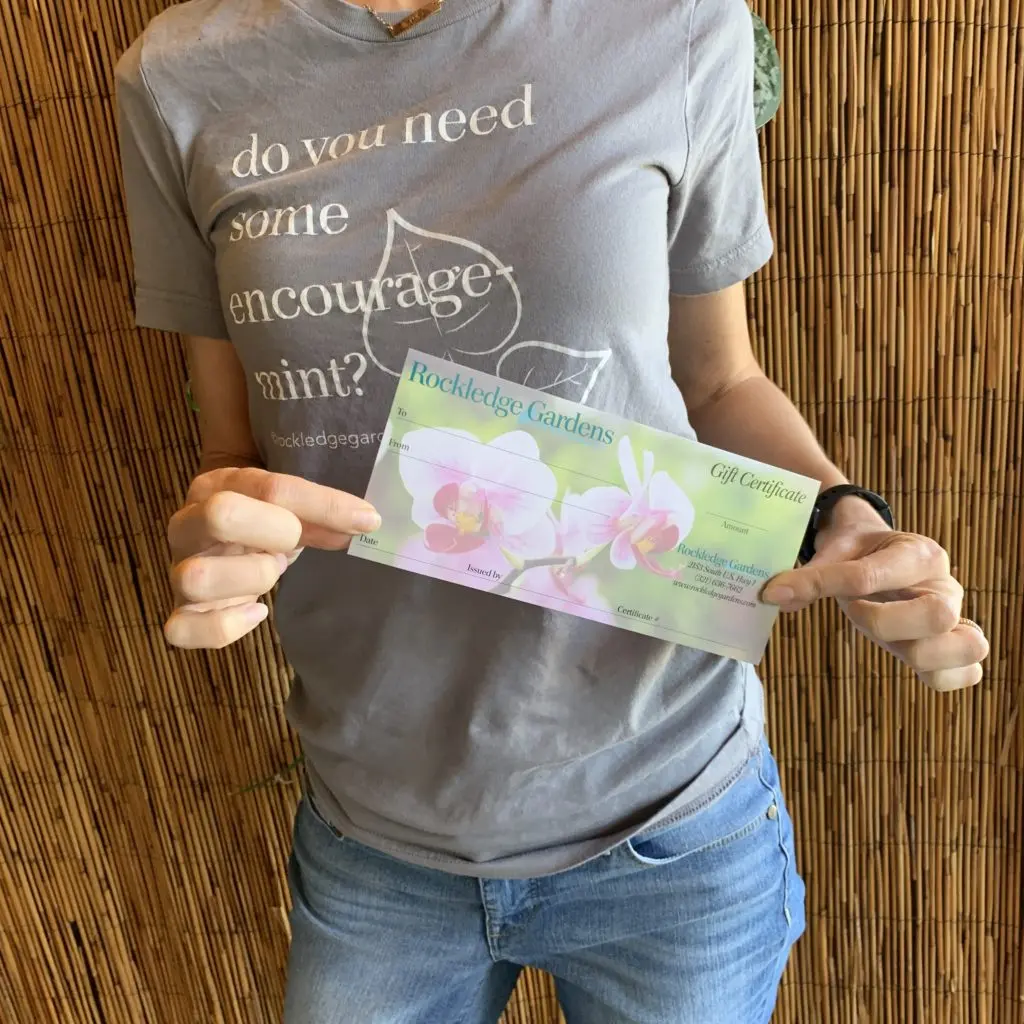by Amanda Rose Newton
The first week in May is when we pay tribute to all the inspiring women in our lives, especially the ones we call “mom”.

Moms play a huge role in nature, with all things gardening and botanical usually taking on a “feminine” tone. While we may not put too much direct association between the two, there is in fact a long-standing history of women’s impact in the garden.
Actually, most of our early perceptions of plants, their uses, and identification are owed entirely to the curiosity of 17th and 18th-century women.
The fascinating history of women in botany can be divided into three main categories: Exploration, Art, and Marketing.
If you are still hunting for that perfect Mother’s Day gift, consider one of the fascinating reads listed below offering more insight into the roles of women in gardening through the years.
Throw in a gift card or small plant from Rockledge Gardens and you will win points with Mom that will last until next year!
Women Pioneers
Women were really the first “collectors” of plant material, often desiring it for focal interest and display. Wives of aristocrats made plants a conversation piece, inviting guests over to see their “curiosities” from exotic lands present in their gardens.
A few of these women, such as Margaret Cavendish Bentick, also known as the Duchess of Portland, became unexpectedly famous in the 1800s for what she thought was merely her “interest” in plants.
Her displays brought in dozens of visitors annually who, in turn, learned about botanical treasures that would have otherwise been unknown to them by any other means.
Botanical Beauty

Drawing was a pastime that wealthy women (and the not-so-financially endowed) could enjoy that fit neatly in with social norms, no matter the time period.
Botanical art really had its moment in the Victorian age, and scientific illustration was often performed by females. In fact, many of the early museum-quality works were women-produced and integral to scientific study.
Mary Granville Delaney was especially well-renowned for her talents and was enlisted by perhaps the most famous botanist of the time period (1880s), Joseph Banks, to draw his specimens. Nothing screams success quite like being backed by the Director of the Kew Botanical Gardens In London or Charles Darwin! That is exactly what happened for Ms. Marianne North, whose beautiful drawings she did of exotic plants while stuck on board a ship with her traveling husband are still prominently on display at the aforementioned botanical garden.
Literature, which is arguably another art form, became fluxed with plants and their secret language during the Victorian Era. Women used this as means to communicate with other women and to express themselves without having to use direct language.
Elizabeth Twinning’s Chief Natural Orders of Plants and Elizabeth Mole’s Wildflowers of Australia happen to be two books from the time period that instead focused on serving as an identification guide to the common plants of the region. As would be expected from any proper lady at the time, ways to host with and cook with said plants were also included.
Women Entrepreneurs
While it may not be expected, many of these early plant moms were really plant moguls! They were able to promote plants as being special, drawing in crowds, and generations who would grow to appreciate plants in art and literature.
Queen Charlotte, the wife of King George III, sponsored exhibits at the Kew Garden and was given the nickname “Queen of Science” due to her interest in botany and education. Botanists took note, and the bird of paradise’s scientific name is actually an homage to her (Strelitzia Reginae).
While women were not allowed into the scientific playing field, many took after Queen Charlotte and were able to popularize plants through planting them in their own gardens, and drawing and writing about them. While all these may seem small, many of these contributions were directly influential to what others appreciated and planted as well as great reference tools for scientists worldwide.
This Mother’s Day, celebrate all the “plant Moms” in your life by continuing the tradition of women sharing garden insights.
For further reading on the power of women in plant fields, check out the following books below (support local businesses and order through your local bookstore, like our friends here in Brevard at Hello Again Books!) :
- Cultivating Women, Cultivating Science: Flora’s Daughters and Botany in 1760-1860 by Ann B. Shtier
- Five Centuries of Women and Gardens by Sue Bennett
- Women and Their Gardens: A history from the Elizabethan Era to Today by Catherine Horwood



